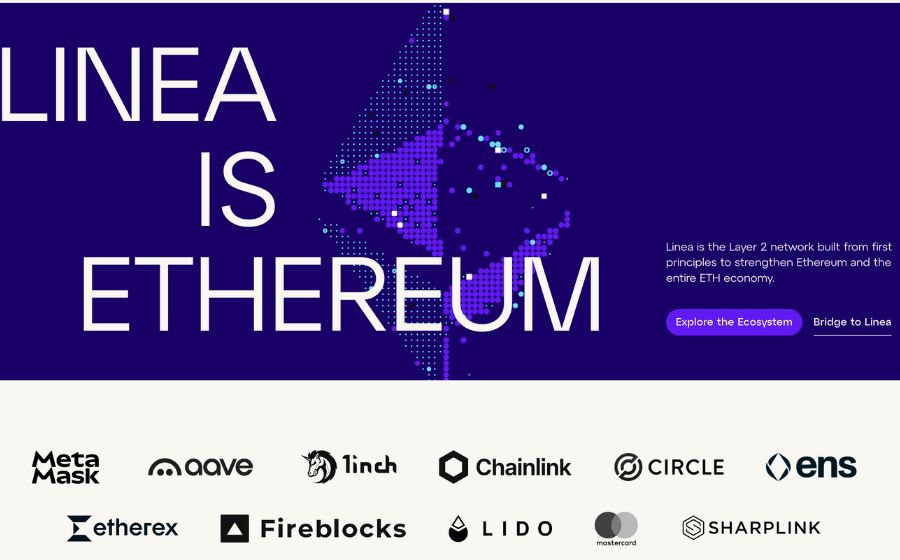
KEYTAKEAWAYS
-
APRO introduces an Oracle 3.0 architecture built specifically for the Bitcoin ecosystem, combining hybrid nodes, shared BTC security, and dual data delivery (Push & Pull) to provide Bitcoin-level reliability for BTCFi applications.
-
Its economic design integrates dual collateral staking and a community-driven challenge mechanism, aligning incentives between validators and users to create a self-correcting oracle network.
-
Backed by Polychain, Franklin Templeton, and Gate Labs, APRO positions itself as the foundational data layer for Bitcoin’s next wave of financialization, bridging DeFi, RWA tokenization, and AI-powered data validation.

- KEY TAKEAWAYS
- FROM BTCFI BOOM TO DATA GAP: THE INVISIBLE PAIN POINT
- SHARED SECURITY AND VERDICT LAYERS: ENGINEERING “BITCOIN-LEVEL” SAFETY
- DUAL COLLATERAL AND CHALLENGE INCENTIVES: BUILDING TRUST THROUGH ECONOMICS
- RISING UNDER GIANTS: POSITIONING APRO IN THE ORACLE LANDSCAPE
- DISCLAIMER
- WRITER’S INTRO
CONTENT

FROM BTCFI BOOM TO DATA GAP: THE INVISIBLE PAIN POINT
After years of dormancy, the Bitcoin ecosystem entered an unexpected second awakening. Ordinals turned Bitcoin blocks into canvases, the Runes protocol brought native token liquidity, and Layer 2 scalability solutions made Bitcoin programmable again. But every new layer and every new market collided with the same bottleneck — data.
Bitcoin lacks a native oracle network comparable to Ethereum’s. Whether feeding prices for BRC-20 assets or providing real-world data for Runes projects, developers faced the classic “oracle problem”: how to securely and trustlessly bring off-chain information on-chain.
APRO emerged precisely in this gap. Instead of copying Chainlink’s universal model, it built an Oracle 3.0 architecture tailored for Bitcoin. Covering Lightning, RGB++, and Bitcoin Layer 2s, APRO positions itself as the “data layer” of the Bitcoin financial stack — ensuring that lending, clearing, prediction, and tokenization can all rely on verifiable, Bitcoin-secured data.
This is more than a technical patch. As Bitcoin evolves from a store of value into a financial substrate, APRO becomes essential infrastructure — turning data reliability into a new form of composable trust.
SHARED SECURITY AND VERDICT LAYERS: ENGINEERING “BITCOIN-LEVEL” SAFETY
At the core of APRO’s system lies its Oracle 3.0 design, a hybrid architecture combining off-chain performance with on-chain security.
The first layer, called the Oracle Chain, gathers and aggregates data through a distributed OCMP node network. The second layer — the Verdict Layer — acts as an arbitration network. When data feeds diverge, it intervenes to recompute and decide the final output. This layered mechanism allows APRO to maintain consistency even under extreme market volatility.
Its most striking innovation is shared security. Through Babylon BTC staking, nodes can collateralize native Bitcoin, directly tying APRO’s economic security to Bitcoin’s network. Attacking APRO therefore means challenging the very security of Bitcoin — a narrative that resonates strongly with BTCFi builders and institutional partners.
On the communication side, APRO uses multi-centered routing and self-managed multisig authorization to prevent single points of failure. Price data are calculated via a Time-Weighted Average Price (TVWAP) method, filtering out flash loan manipulation and short-term spikes. The entire design seeks one goal: deliver Bitcoin-grade reliability without sacrificing performance.
Unlike pure on-chain or permissioned models, APRO balances decentralization with cost efficiency — bringing the Bitcoin world a scalable oracle infrastructure for the first time.
DUAL COLLATERAL AND CHALLENGE INCENTIVES: BUILDING TRUST THROUGH ECONOMICS
In oracle networks, security comes as much from incentives as from code. APRO’s token design revolves around three elements — staking, slashing, and challenge — creating a circular trust economy.
Every node must deposit two types of collateral. The first secures data quality and is slashed if the reported value diverges from consensus. The second ensures procedural correctness and is cut if the node mishandles arbitration or upgrade calls. By separating error categories, APRO fine-tunes accountability.
It also introduces a user challenge mechanism. Any token holder can stake APRO to dispute a node’s behavior. If proven right, the challenger receives part of the slashed collateral. This expands verification power from operators to the entire community, building a self-auditing network where accuracy has direct monetary weight.
Compared with other models, APRO’s approach stands out. Chainlink relies on alert-based staking, Pyth emphasizes publisher reputation, while APRO designs an open, game-theoretic challenge economy.
Still, transparency is a risk. Key parameters — token supply schedule, reward rates, and fee structure — remain undisclosed. Without clear economics, sustainability could weaken over time. For a network aiming to underpin Bitcoin’s financialization, token stability is as vital as technical resilience.
RISING UNDER GIANTS: POSITIONING APRO IN THE ORACLE LANDSCAPE
The oracle field is crowded. Chainlink dominates with its CCIP cross-chain protocol, Pyth wins speed and first-party data, and RedStone serves long-tail assets through modular pull feeds.
APRO takes a different route. It avoids direct competition in the EVM world and instead focuses on deep verticalization within Bitcoin. Its mission is not to become the next Chainlink but to become Bitcoin’s own Chainlink. The bet is clear: if BTCFi becomes a trillion-dollar market, it will demand its own native oracle backbone.
This niche focus has attracted strong capital alignment. Polychain, ABCDE, and CMS bring crypto-native expertise; Franklin Templeton adds institutional legitimacy; YZi Labs and Gate Labs provide exchange-ecosystem access. Together they shape APRO as both a technology provider and the public face of Bitcoin’s data narrative.
According to its roadmap, APRO will: 1. Launch an open-node program to enhance decentralization. 2. Expand into RWA and prediction-market integrations for complex datasets. 3. Develop AI-enhanced validation for high-dimensional off-chain information.
The challenge is execution. Delivering all this with limited capital and a small team requires precision and patience. Yet if APRO succeeds, it could transform “security” from a defensive trait into a productive force — turning data into the Bitcoin era’s most valuable infrastructure.















